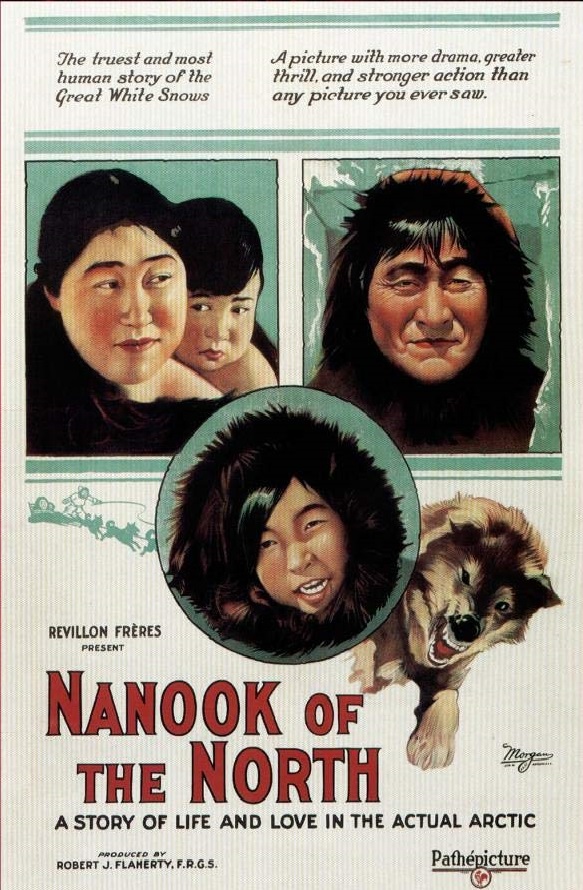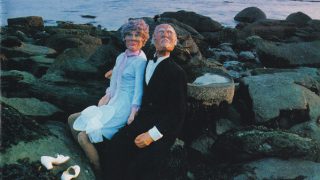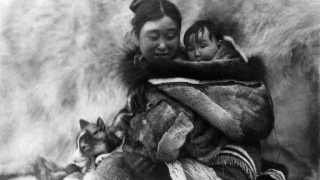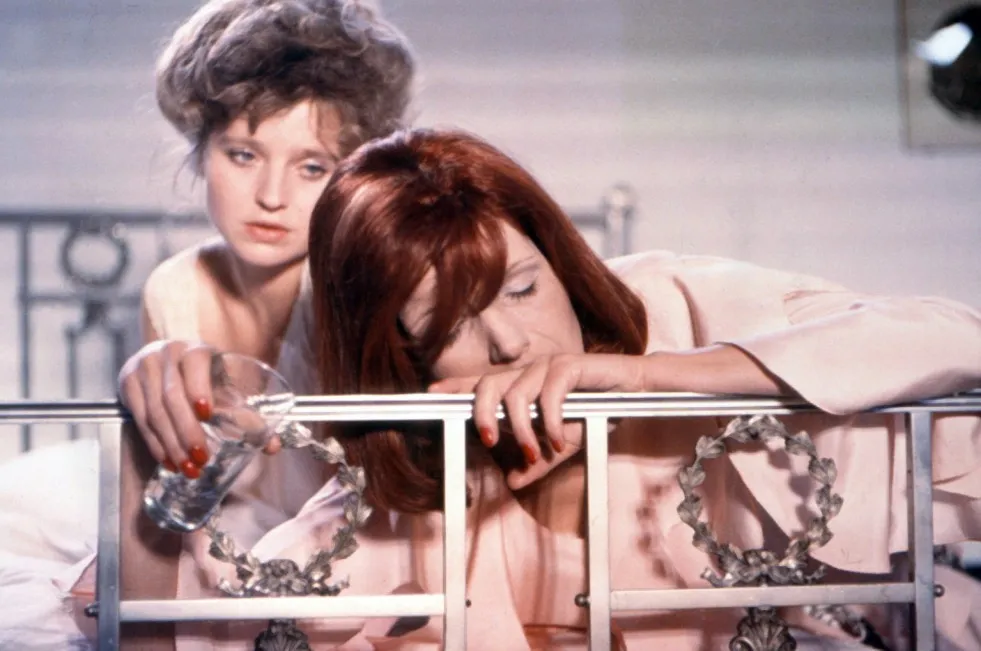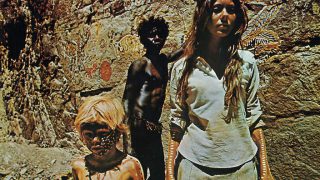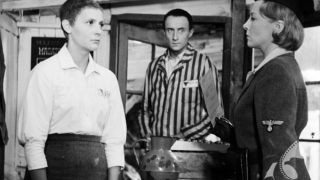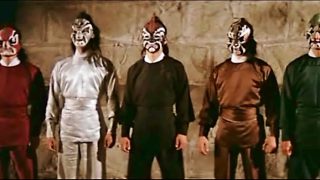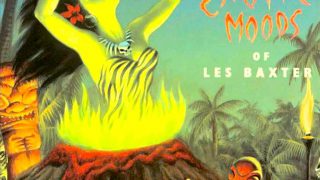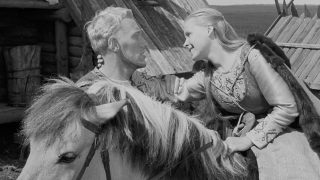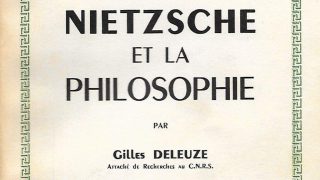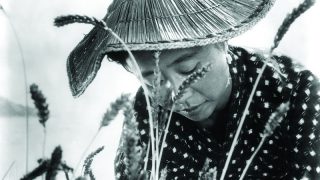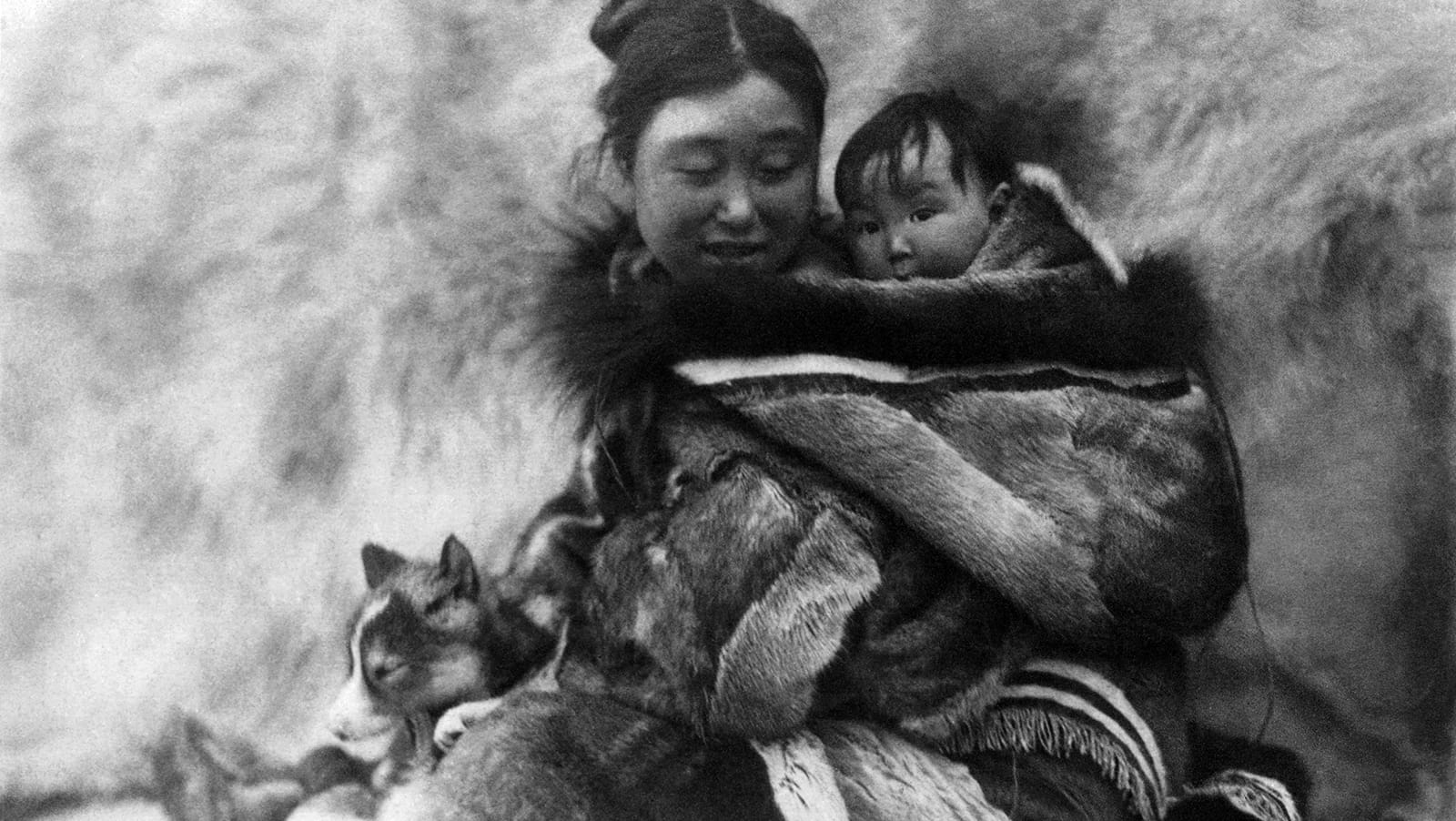Overview
“Nanook of the North” is a 1922 American silent film that depicts an Inuit man and his family living in the Canadian Arctic. It is written and directed by Robert J. Flaherty, who also served as cinematographer, editor, and producer. 79 minutes.
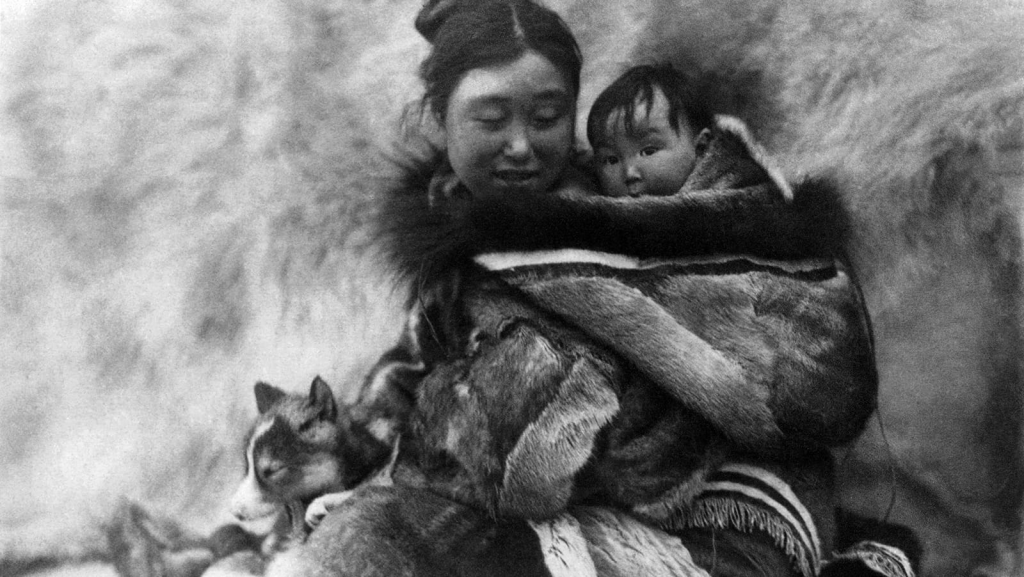
Plot Outline
An Inuit man named Nanook (it means “polar bear” in Inuktitut) and his family, including his two wives, live in the Ungava Peninsula, facing the Hudson Bay, in northern Quebec, Canada. They struggle to survive in the harsh natural environment where the land is covered with snow and ice most of the year.
They travel in a dog sledge from one place to another, building an igloo (a type of shelter built of snow) in each place, and temporarily living in it.
Nanook hunts walruses, seals and salmon with harpoons for food, and trades his furs of polar bears and arctic foxes for needed commodities at the trade post of the white man.
Commentary
“Nanook of the North” is known as the first commercially successful feature-length documentary film. It is a precious work that graphically documented and dramatically depicted the life and culture of the Inuit people, which were little known to outsiders at that time.
It is also an important film in thinking about several issues, such as the relationship between fact and staging in documentary, and representation of the other in cross-cultural understanding.
As is well known, “Nanook of the North” contains some fictitious settings and staged scenes.
The Inuit man’s name was not Nanook, but was Allakariallak. Allakariallak was a celebrated hunter of the Itivimuit tribe.
The family of five in the film was not a real family. Nanook’s two wives were not Allakariallak’s wives, but were in fact common-law wives of Flaherty.
Though the Inuit people had already used rifles when hunting at that time, Flaherty encouraged Allakariallak to hunt after the fashion of his ancestors before European colonization of the Americas.
The scenes of the inside of the igloo were shot by using a set built for shooting because the igloo was too small to shoot from the inside, and when they built an igloo large enough for a camera to enter, it was too dark for photography.
In the sequence of “Trade Post of the White Man”, there is a scene in which Nanook is surprised to see a gramophone for the first time, and he bites the record, but Allakariallak actually knew what a gramophone was.
Considering these facts, “Nanook of the North” should be regarded as a kind of docufiction or docudrama, which was produced at a time before the style of documentary was established, though it is a pioneering work in the genres of documentary film and ethnographic film.
The term “documentary” was coined by Scottish documentary maker John Grierson when he wrote a review of Flaherty’s film “Moana” (1926). The concept of documentary didn’t exist yet when “Nanook of the North” was produced.
In 1989, “Nanook of the North” was among the first group of 25 films selected by the Library of Congress for preservation in the United States National Film Registry for being “culturally, historically, or aesthetically significant”.
In a 2014 “Sight and Sound” poll, film critics voted “Nanook of the North” the seventh-best documentary film of all time.
